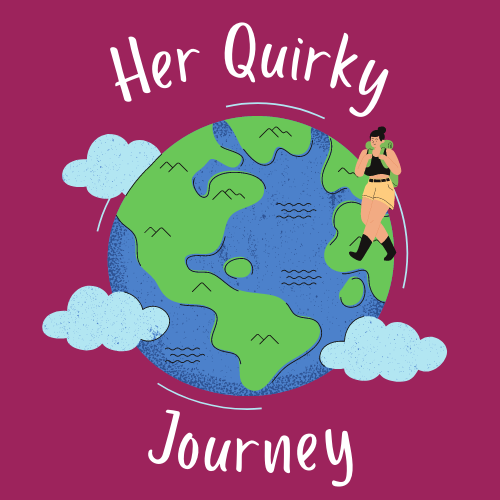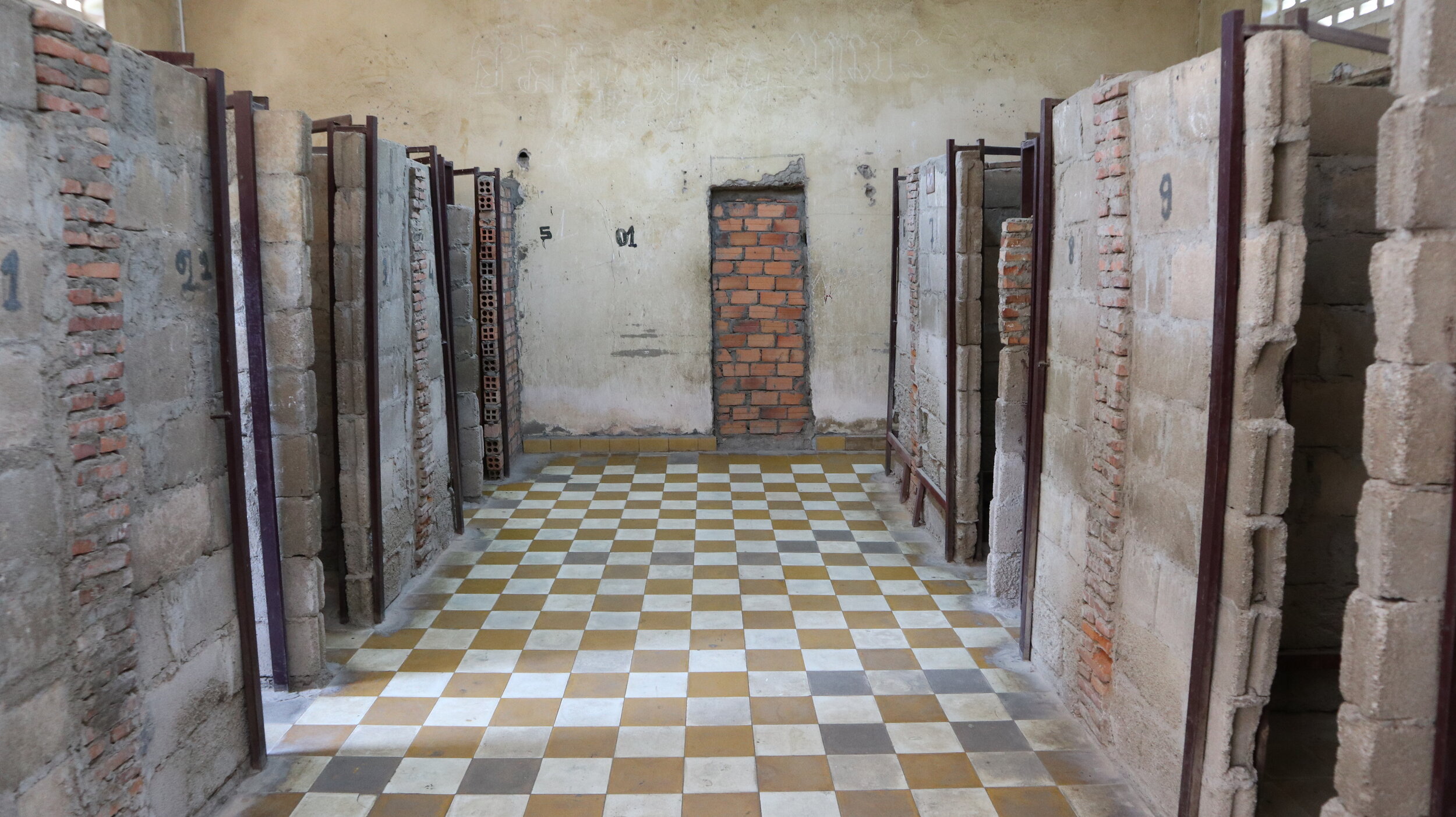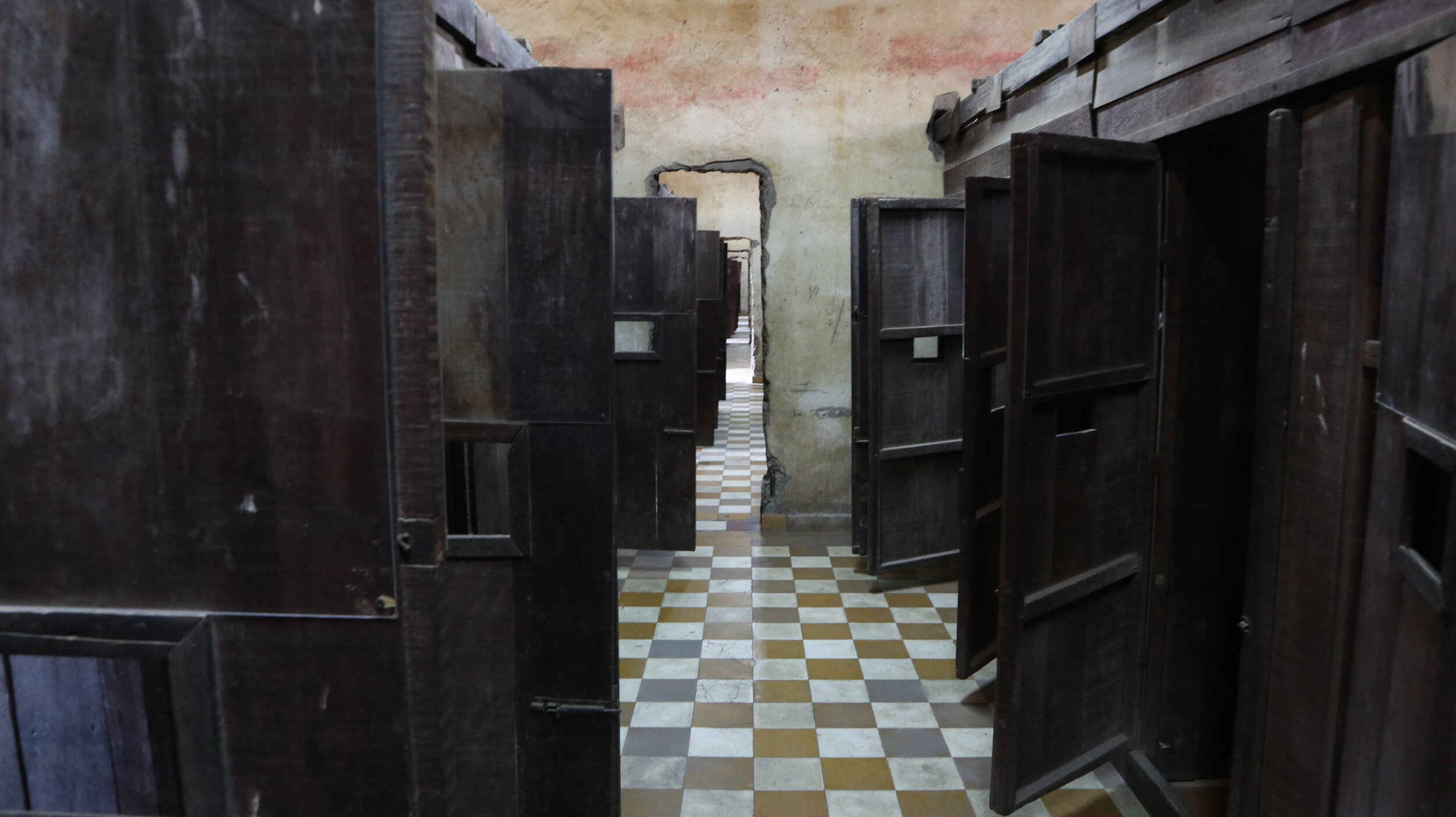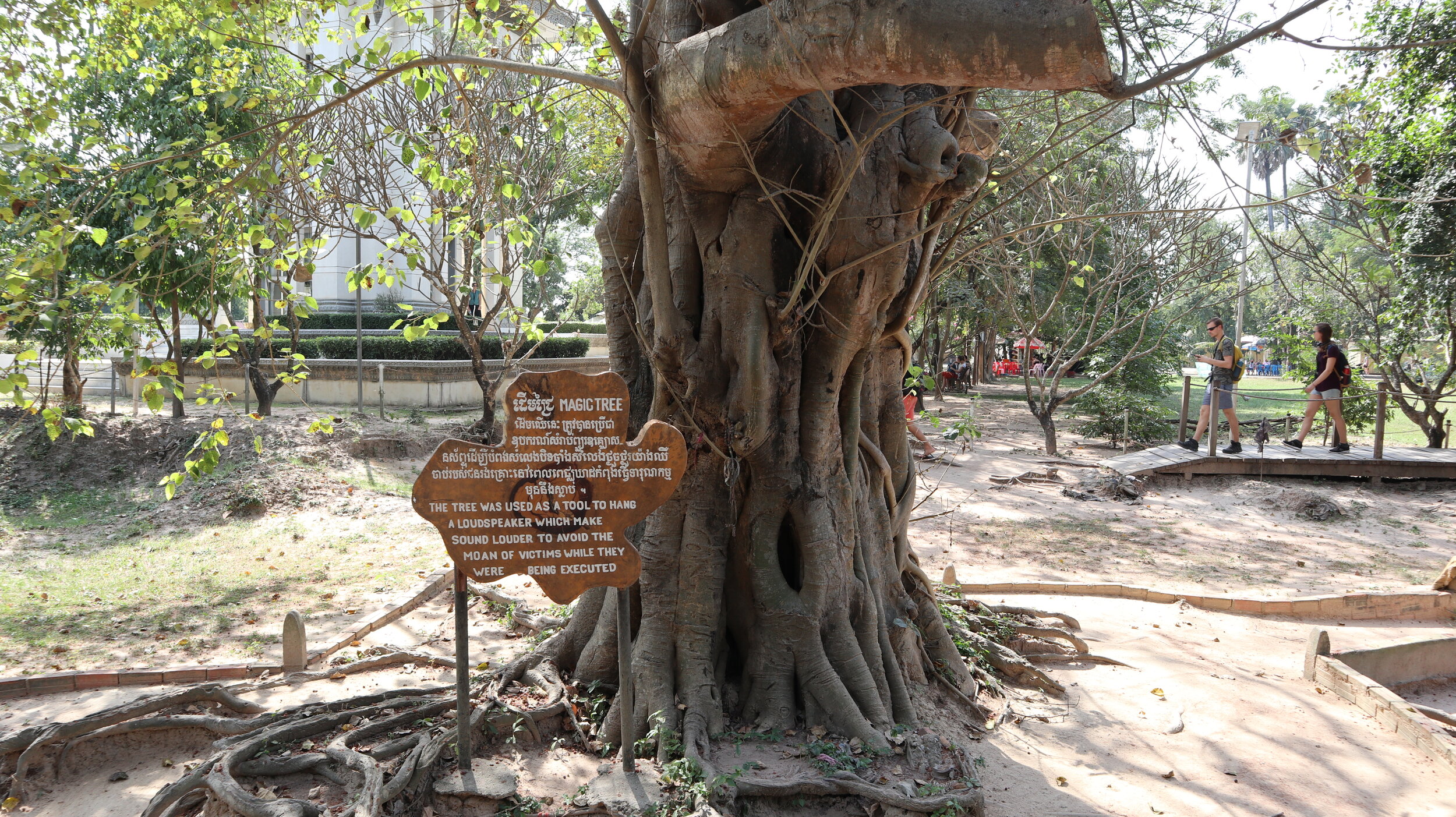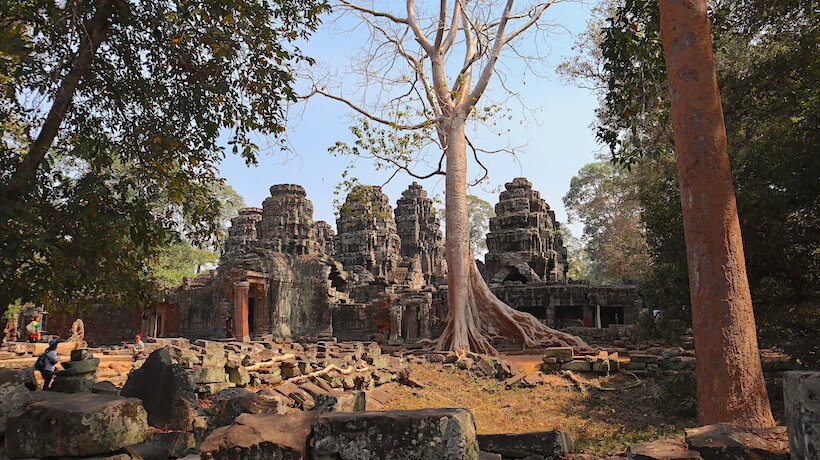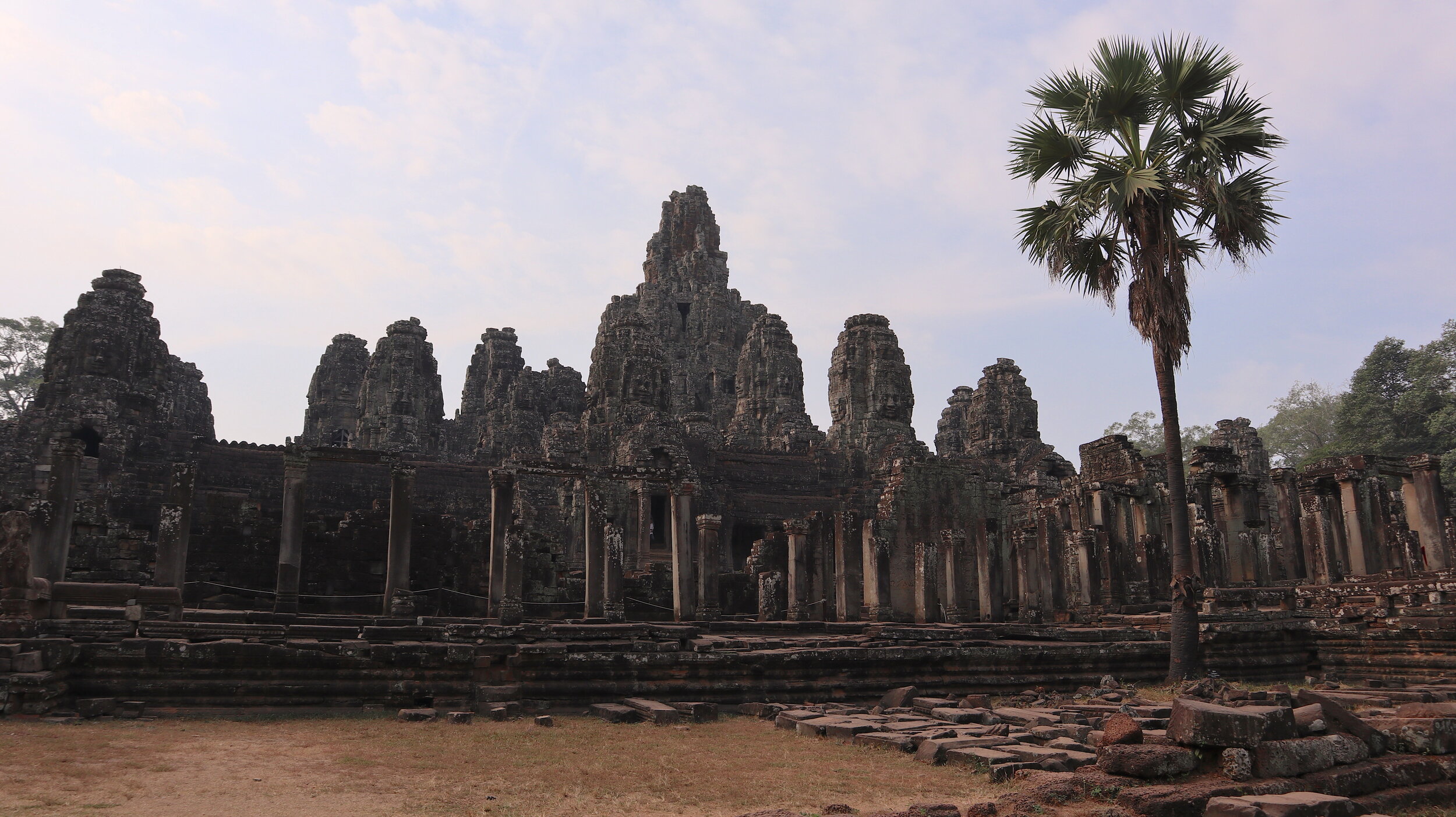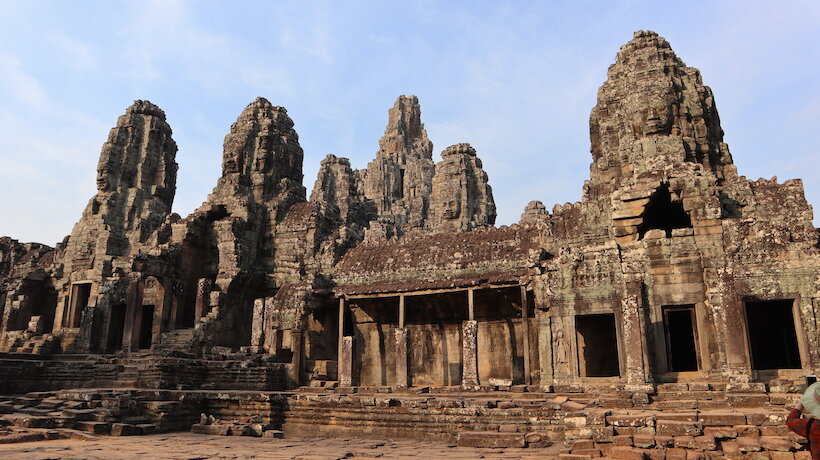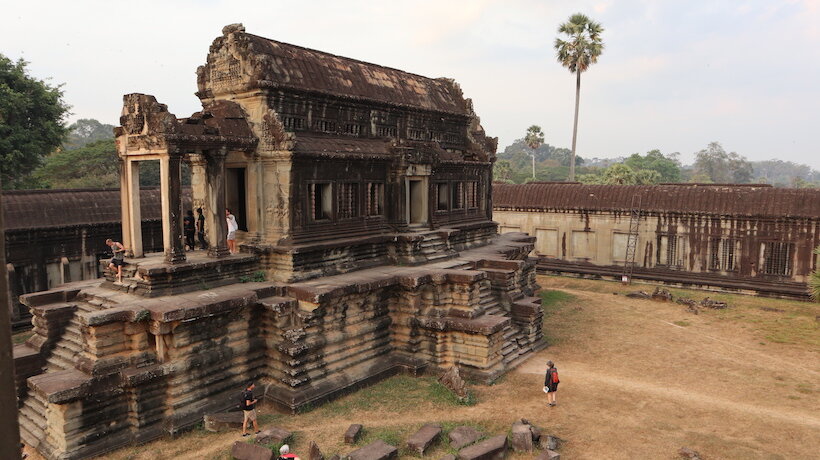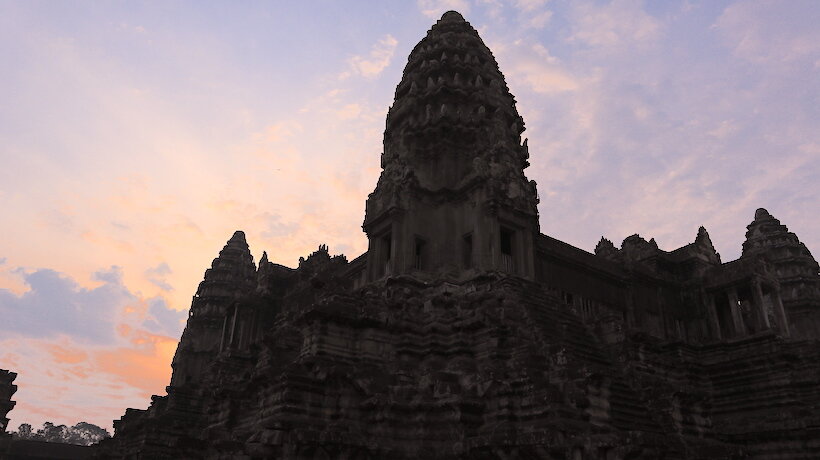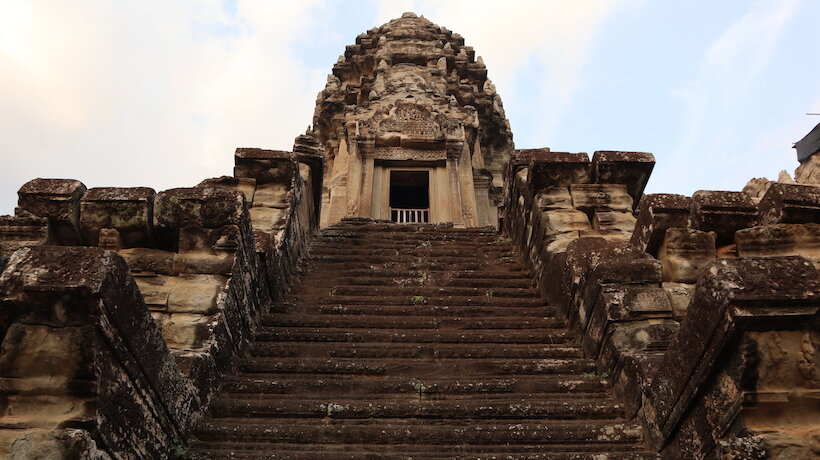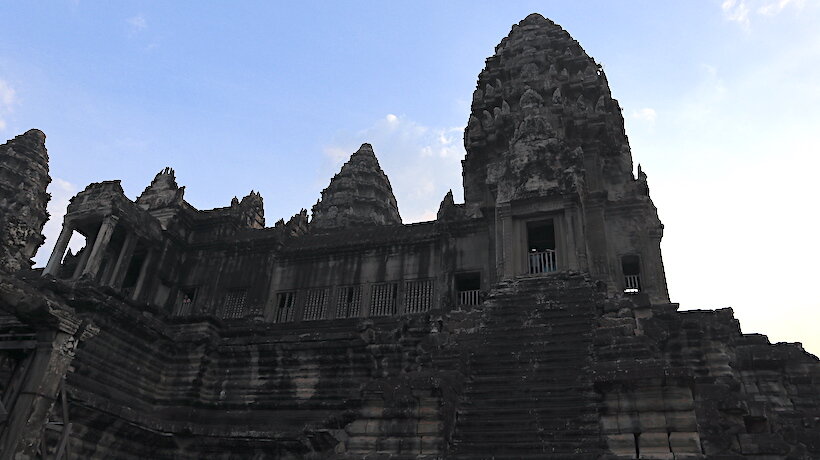Devastation, Strength, and Pride: 3 Lessons from Cambodia
Prior to heading to Cambodia for a short 10-day trip, there was one thing on my mind: the war and genocide the country faced during the late 1970’s.
But, I honestly hadn’t done much research. I’d heard some words thrown around, like “The Khmer Rouge” and “massive genocide.” I’d heard some crushing numbers of deaths, like “1.5 to 2 million deaths.” I’d watched the movie “First, They Killed My Father,” a film directed by Angelina Jolie that was based off of a book of a first-hand account. Yet, my ignorance was abundant.
Then, I went to Cambodia. I was confronted with the truth and bombarded with this complete and utter devastation. I couldn’t get away. And yet, even after visiting Cambodia and learning countless statistics, listening to personal stories, and even walking amongst mass graves, I’m ignorant still.
I will say, though, that I am a bit more informed. I know more about the struggle. I know more about Cambodia’s recent past. I know just a bit more of the pain the country has and had been stricken with— and how they struggle with it still.
And this information and knowledge made me love and appreciate Cambodia for what it is today.
Devastation
Let me throw some general facts at you about this gruesome war and genocide real quick:
Pol Pot, a high-ranking Communist politician in the country, led the Khmer Rouge (a Communist regime in Cambodia, which was then called “Democratic Kampuchea”) to forcibly relocate Cambodians to labor camps in the countryside
He believed that the country should be rid of any foreign aid and influence and should instead be self-reliant and brought back to a more humble way of life. He idolized farmers and local tribes along with their self-sufficiency
Between 1976 and 1979, an estimated 1.5 to 2 million people died, which was one-quarter of the country’s population, because of Pol Pot’s order to exterminate any people who didn’t agree with the Khmer Rouge or their beliefs
This time period was wrought with gruesome living and working conditions, torture, and direct executions.
There were around 196 prison centers where victims were held captive, tortured, and most murdered
While in Phnom Penh, the country’s capital, I’d learned facts like these and many, many others. I got the opportunity to visit both S-21, short for “Security Prison 21” or “Tuol Sleng Genocide Museum,” and The Killing Fields.
S-21 was formerly a secondary school, which was converted into a prison by the Khmer Rouge. There, 12,000 people were imprisoned and all were killed except for only 15 survivors. While walking around the grounds, I listened to a detailed audio guide. The guide lasted around 2 hours and every step of the way was informative, heart-wrenching, and eye-opening. It was easily one of the most moving guides I’ve had in my life.
The Killing Fields were another soul-crushing experience. The day after I visited S-21, I walked around the Killing Fields, listening to yet another well-constructed audio guide. There, I witnessed the area where more than a million people were murdered and buried.
One of the most horrific spots there was the Chankiri Tree, or the Killing Tree. During the genocide, soldiers had taken babies out of the arms of their mothers and much like a baseball bat or a club, swung babies by their legs and struck their heads against the tree, beating them to death. Their mothers watched while in a sea of corpses within a massive grave just below the tree. When finished, the soldiers tossed the still babies to their mothers, then promptly killed the mothers.
For obvious reasons, I couldn’t help but cry here. Even thinking about it invokes tears still.
Strength
While somberly meandering around these memorials, I felt the overhanging cloud of pain and struggle. But, it was difficult to know how the Cambodians truly felt about the war and genocide— until I explored the country itself.
Granted, I never got the special opportunity to discuss the topic with a local, but I did get to simply experience the capital city, Phnom Penh, and the city of Siem Reap along with its well-known main attraction, Angkor Wat.
While being in the aforementioned places, I witnessed the growth and strength of the Cambodian people. Buildings are being renovated and constructed everywhere you look. Modern amenities of any and all kinds are popping up. The people are working hard— and wearing smiles while doing it.
The latter point struck me the hardest. The smiles. The happiness. The palpable optimism.
The people of this country know of their horrific and painful past, but instead of wallowing in the darkness, they’ve risen and are pushing forward. They’ve come together as a forever-changed community and decided collectively on two things: 1. to never, ever let something like this happen again and 2. to push forward and embrace a brighter future.
Although they look serious, this band was playing gorgeous local music (and had smiles on) as locals and tourists alike crowded around happily
Pride
On top of their strength, this incredible country and its equally incredible people have yet another surprising feature: pride.
In every restaurant, every cafe, every nook and cranny of the cities and locations I visited, the pride was abundant, not to mention enamoring. The locals were almost always more than happy to serve me in any way they could, like serving me their local dishes and driving me around in their tuk-tuks to any place I was wandering off to. I’d ridden in numerous tuk-tuks there and every single time, I’d nearly fallen in love with the proud, vivacious, friendly, and informational driver that lugged me blindly around!
However, I can’t talk about Cambodian pride without mentioning the obvious: Angkor Wat. Visiting this ancient and glorious place was always on my bucket list, like many other travelers’, but it didn’t occur to me just how important this landmark was to the Cambodian people until I visited the place myself. Sorry for the cliche, but it truly is their pride and joy.
And rightfully so! Who could even argue about this 900-year-old beauty?
With nearly every Cambodian I got the opportunity to talk, they began the conversation with this question or something very similar: “Did you see Angkor Wat yet?” The question alone can portray their pride in that landmark, but the way they said it left an unmoving impression on me. Those smirks. The inquisitive looks. The popping eyes. Their bodies, practically falling over with excitement and anticipation.
The Cambodian pride for Angkor Wat is unlike any national pride I’d seen before and even now. They want you to see it. They want the world to see it— really, truly see it. And, of course, boast about its specialty.
Outside of Angkor Wat in Siem Reap, the city in which the vast temple complex lies, are a mountain of tourists. For me, I loathe places that have that amount of foreigners. Just can’t stand it. It’s always overwhelming and ruins the local atmosphere in any place I’ve visited.
But, Siem Reap? Not the case. It still had local feel amongst the tourist chaos. On top of that, the locals were so passionate and proud about every tourist there, which particularly shocked me because I would think they’d hate every annoying tourist there. But, no. Instead, they were proud to showcase their country’s jewel. They were proud to provide the world their most precious heirloom.
Cambodia was a humbling country to visit. There are other places I wish that I got the chance to visit, like Kampot, Sihanoukville, Koh Rong, and Koh Rong Sanloem (both Koh Rongs are supposed to be gorgeous islands!). But, I’m sure I’ll make it back there one day and I can soak in even more lessons that Cambodia can bestow upon me!
